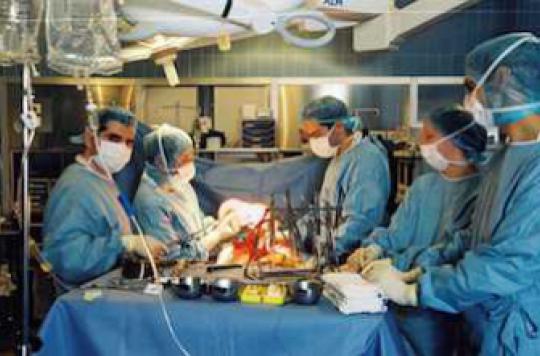Organ removals for a transplant are up 4% over 2013. Refusals are down slightly, but a third of families continue to oppose donation.

More donations, less refusal. According to the latest report from the Biomedicine Agency, organ donation is doing quite well: donations are progressing from various donors, whether they are totally or brain dead, or whether they are children.
The Biomedicine Agency observed an increase in the number of organs removed in 2013: they increased by 4% in the general population, and even by 9.9% in pediatric donors. The final assessment is thus established at 2,100 samples, mainly thanks to living donors. Death of cardiovascular origin remains the primary source of available organs, however.
Kidney shortage
Living donors are often relatives of a patient with kidney failure, who donate one of their kidneys. It may also be, to a lesser extent, the donation of a liver lobe. As for deceased donors, they are increasingly older (56.6 years on average). Among the most common causes of death are stroke, head trauma, or respiratory or heart failure. Brain-dead donors, whose brains are no longer supplied with blood or oxygenate them, are also more numerous – in particular because relatives are increasingly refusing the donation.
While the number of organs transplanted per donor tends to decline, the number of non-transplanted kidneys is climbing. The situation remains problematic, however. For some organs, such as the heart or the liver, there are as many donors as there are usable organs. But a serious shortage is observed for the kidney: for 4.7 transplant candidates, there is only one graft available. The same goes for cardiopulmonary transplantation: for a transplant, there are 3.5 candidates. To achieve a balance, it will undoubtedly require more organ donations… but the rate of refusal of donation is also too high: one in three families does not accept that the deceased is the subject of it.
.









-1730888646.jpg)







